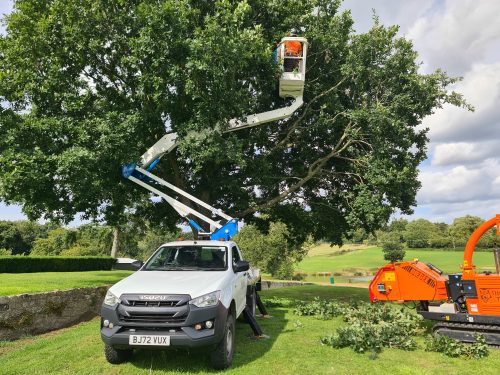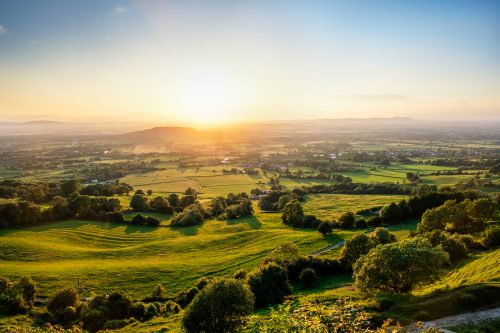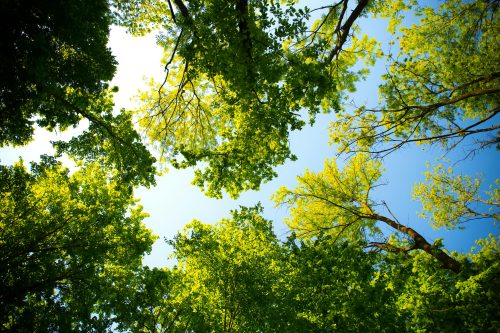 https://www.wilsontreesurgery.com/wp-content/uploads/2024/09/20230807_162313-500x375.jpg
https://www.wilsontreesurgery.com/wp-content/uploads/2024/09/20230807_162313-500x375.jpg
Machinery used in utility arboriculture
Read more
by Wilson Tree Surgery |
What Are Drop Zones and Work Zones?
When arriving on site, it is essential to carefully evaluate the site layout, access and egress points, land use, and terrain. These factors will guide decision-making regarding equipment access, management of waste, available working space and will also dictate the overall work zone.
‘Struck-by’ incidents are one of the leading causes of serious and fatal injuries in the forestry and arboricultural industry. From the commencement of work, it is crucial to organise the work area to protect all individuals from the risk of falling objects. This means certain tasks and operations may require the creation of specific zones.
Below lays out some basic drop zone requirements and our expectations of their implementation.
Definitions
Each zone’s size should be individually assessed and determined. Any changes to zone dimensions should be made only after reassessing the initial factors and carefully considering the reasons for the change.
Communication of Zones
The boundaries of the Drop Zone must be clearly visible to anyone in the Work Zone. This can be achieved through signs and barrier tape (where feasible), site features, tree features (e.g., canopy dripline), or active supervision by operators. As tree work progresses, the Drop Zone may need to be relocated multiple times. It is vital to communicate these changes to the entire work team and document them when possible.
Work Zone Management
The Work Zone should be clearly marked, signed, and guarded to provide adequate protection for all parties. Additional resources, such as lookouts and banksmen, may be necessary to manage the risk of unauthorised entry, including by the public. Materials and equipment should be stored securely to prevent hazards from collapse, overturning, or unintended movement, such as stacked waste or timber.
The key safety measures that are required when working in the zones are as follows:
 https://www.wilsontreesurgery.com/wp-content/uploads/2024/09/20230807_162313-500x375.jpg
https://www.wilsontreesurgery.com/wp-content/uploads/2024/09/20230807_162313-500x375.jpg
Read more
 https://www.wilsontreesurgery.com/wp-content/uploads/2024/09/AdobeStock_475873508-500x333.jpeg
https://www.wilsontreesurgery.com/wp-content/uploads/2024/09/AdobeStock_475873508-500x333.jpeg
Read more
 https://www.wilsontreesurgery.com/wp-content/uploads/2024/09/pexels-valiphotos-589802-500x333.jpg
https://www.wilsontreesurgery.com/wp-content/uploads/2024/09/pexels-valiphotos-589802-500x333.jpg
Read more